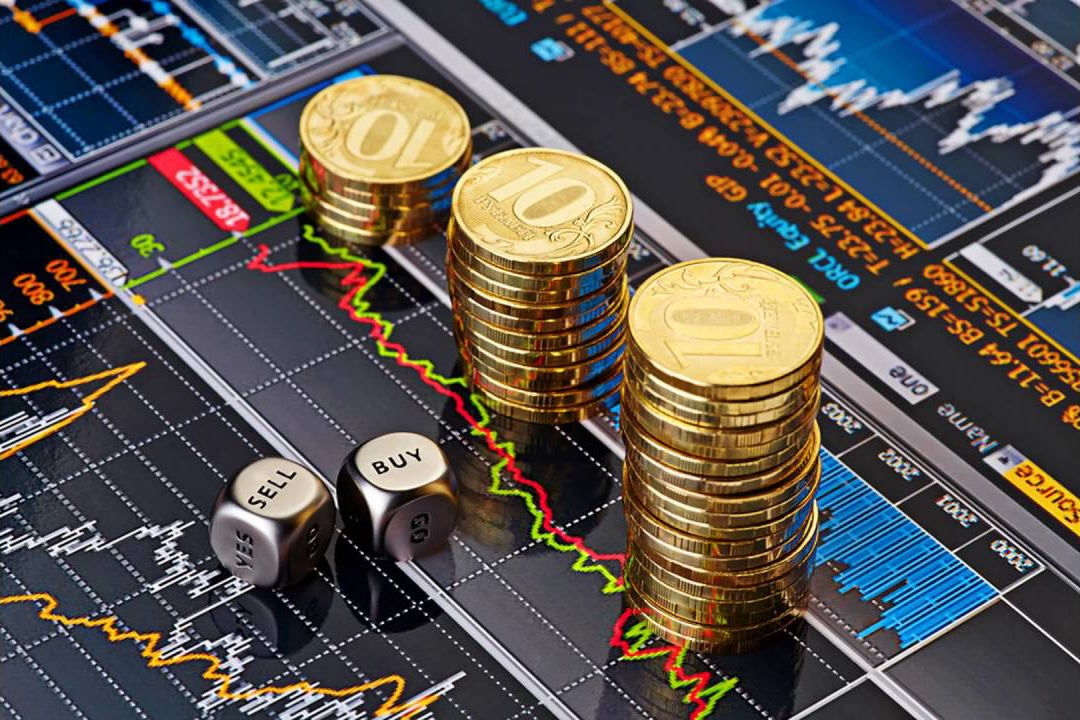The world’s most widely traded currency pair is stuck in its deepest rut since 2014. With few signs it is poised to shake the malaise anytime soon, traders are being forced to get creative.
The euro-dollar cross, which sees about $1.25 trillion of turnover a day, or a quarter of all global foreign-exchange volume, has been confined to a 4-cent range between $1.215 and $1.255 since mid-January.
That’s the narrowest three-month band since 2014, according to data compiled by Bloomberg. With implied volatility approaching the lowest in more than three years, strategists see few catalysts for the pair until the second half.
Well-telegraphed interest-rate expectations from the Federal Reserve and a lack of policy guidance from the European Central Bank are largely to blame for stifling the pair, even in the face of heightened trade and geopolitical tensions, market watchers say. For FX traders who traditionally depend on volatility to make money, it means looking further afield for ways to profit. Here are some of the strategies they’re turning to:
Volatility Plays
Investors anticipating that the euro-dollar pair will continue to trade sideways can capitalize on that view with a double-no-touch strategy, according to Valentin Marinov, head of G-10 foreign-exchange research at Credit Agricole SA. The trade proves profitable if a currency pair stays within a predefined range for a specified period.
Marinov recommends a wide range between $1.210 and $1.255 (versus roughly $1.235 currently), where he expects the pair will trade until the ECB provides further clarity on when it will taper its bond-buying program at its June or July meeting.
When the ECB does announce the timing of its withdrawal from quantitative easing, Marinov expects volatility to return to the stagnant pair. Given the relatively flat slope of the euro-dollar volatility curve, Credit Agricole recommends purchasing a six-month ratio call spread.
The strategy expresses both a long-term bullish view that the euro will trade higher and that volatility will recover. Credit Agricole recommends strikes at $1.255 and $1.280.
Investors can cheapen the cost of purchasing call spreads through the use of window barriers—levels in an option structure that will void the trade if breached within a specified time period.
Look Elsewhere
Though euro-dollar transactions account for roughly a quarter of daily foreign-exchange turnover, FX traders shouldn’t feel chained to the popular pair, said Societe Generale SA strategist Kit Juckes.
Uninspired euro-dollar traders need to look no further than crude oil for new ideas. Among the year’s best-performing currencies are the crude-linked Colombian peso, Mexican peso and Norwegian krone, which have followed oil’s 13% year-to-date climb.
The yen could also be poised to excite. Flight-to-quality bids have pushed the Japanese currency up about 5% against the dollar in 2018 amid mounting global trade tensions. Juckes predicts that the dollar-yen pair will “go mental” once the prospect of policy tightening from the Bank of Japan becomes realistic.
Monetary-policy normalization from the ECB will eventually benefit the euro as well, according to Juckes, who sees fair value for euro-dollar near $1.300. But he warns that similar to the start of 2018, euro-dollar could easily “chew through” the next six months without much movement.
“It’s like watching grass grow,” Juckes said of the pair. “You have to be patient or find something else to do.”
Embrace the Range
Traders looking to profit from euro-dollar cross should consider simply embracing the range, according to Shahab Jalinoos, global head of FX trading strategy at Credit Suisse Group AG. A stagnant exchange rate usually lends itself to selling volatility, but that’s a tough call for him to recommend with three-month implied already so low.
Instead, investors would benefit from heeding recent highs and lows. “Rigidly” following a strategy of selling near $1.250 and buying toward the March low of $1.215 will allow you to profit from price swings within that range, said Jalinoos.
“If you’re disciplined and you pick your levels and set your stops and the range persists, you should make some money over time,” he said. “Just playing the range at this mature point is the way to go.”


